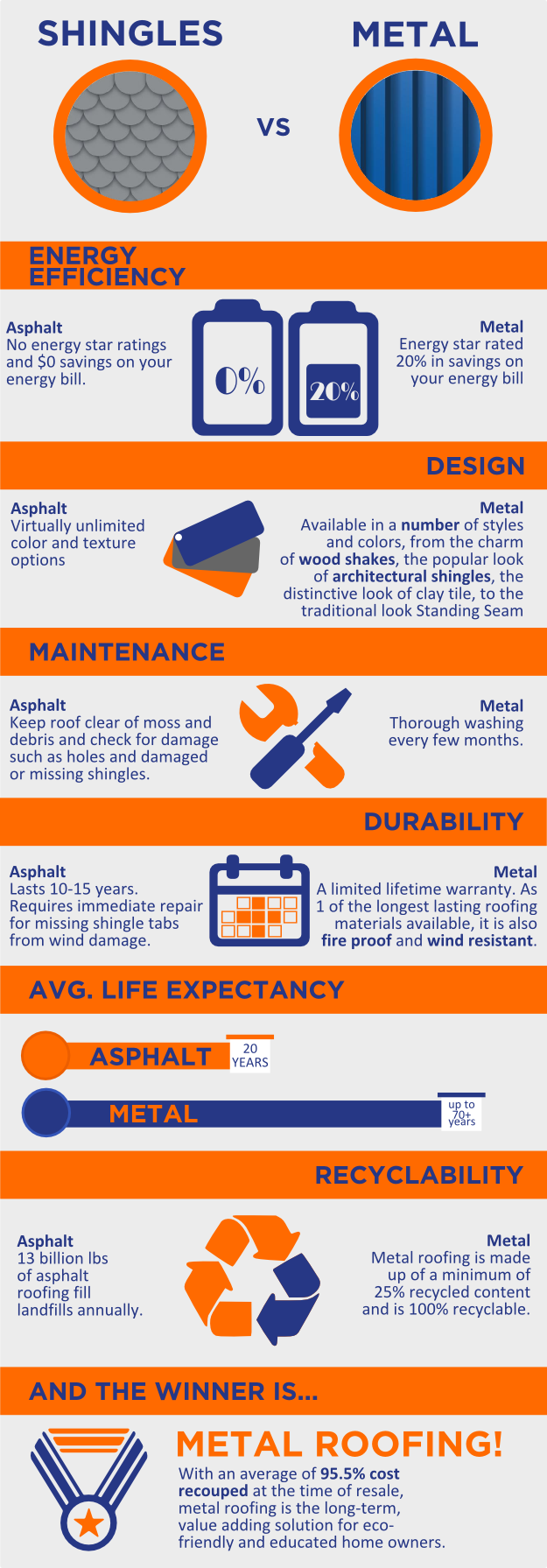Journey Into The Detailed Globe Of Photovoltaic Panel Innovation And Discover Exactly How Sunlight Can Be Changed Into Power
Journey Into The Detailed Globe Of Photovoltaic Panel Innovation And Discover Exactly How Sunlight Can Be Changed Into Power
Blog Article
Write-Up Produced By-Vittrup Enevoldsen
So, you've become aware of photovoltaic panels and their potential to create electricity from sunlight, yet exactly how exactly do they function? Understanding the intricate innovation behind solar panels can be a remarkable journey into the world of renewable resource. From the standard principles of solar batteries to the detailed elements that compose a photovoltaic panel system, there's a whole world of knowledge waiting to be explored. Let's decipher the secrets of photovoltaic panel innovation together.
Photovoltaic Panel Innovation Principles
To genuinely realize the significance of solar panel innovation, you must look into the fundamental principles that underpin its performance. Photovoltaic panel include photovoltaic cells, typically made from silicon, which have the exceptional capacity to transform sunlight into electrical energy with the photovoltaic or pv impact. When sunlight hits the cells, the photons in the light interact with the silicon atoms, triggering the electrons to break free from their atomic bonds. This develops an electrical current that can then be taken advantage of for powering numerous devices.
The key component of solar panels is the semiconductors within the photovoltaic cells, which promote the conversion of sunshine into functional power. These semiconductors have both positive and unfavorable layers, creating an electric field that allows for the circulation of electrons.
This circulation of electrons, when attached in a circuit, generates direct existing (DC) electrical power. Recognizing these fundamental principles is critical for appreciating how solar panels can harness the sun's power to power homes, organizations, and even satellites in space.
How Solar Panels Generate Electrical Power
Solar panels harness the sunlight's power by transforming sunlight into electrical energy with a process referred to as the photovoltaic effect. When https://400wsolarpanel54218.dailyhitblog.com/34781944/solar-setup-misconceptions-debunked-dividing-fact-from-fiction hits the photovoltaic panels, the photons (light fragments) are taken in by the semiconducting products within the panels, generally constructed from silicon. This absorption produces an electrical present as the photons knock electrons loosened from the atoms within the product.
The electric fields within the solar cells then compel these electrons to flow in a specific direction, producing a straight existing (DC) of electrical power. This straight current is then passed through an inverter, which transforms it into rotating current (AIR CONDITIONER) electricity that can be used to power your home or organization.
Excess power generated by the photovoltaic panels can be kept in batteries for later use or fed back into the grid for credit rating via a procedure called web metering. Understanding just how photovoltaic panels create electricity is critical to valuing the ecological and cost-saving benefits of solar power systems.
Recognizing Photovoltaic Panel Elements
One critical facet of solar panel innovation is recognizing the different elements that compose a solar panel system.
The key parts of a solar panel system include the solar panels themselves, which are comprised of photovoltaic cells that convert sunshine right into electrical energy. These panels are placed on a framework, commonly a roof, to record sunlight.
In addition to the panels, there are inverters that convert the direct existing (DC) power created by the panels into alternating current (AIR CONDITIONER) power that can be utilized in homes or companies.
The system likewise includes racking to sustain and place the photovoltaic panels for optimal sunlight direct exposure. Additionally, wires and connectors are necessary for transferring the electrical energy created by the panels to the electrical system of a building.
Lastly, a tracking system may be included to track the efficiency of the solar panel system and ensure it's functioning successfully. Understanding these parts is important for any individual seeking to install or make use of solar panel innovation efficiently.
Conclusion
Now that you understand the basics of solar panel innovation and just how it functions, you can value the power of harnessing sunshine to create clean and renewable energy for your structure. By utilizing the photovoltaic or pv effect and components like inverters and monitoring systems, you can contribute to an extra sustainable future while additionally possibly saving on power prices. Keep understanding and checking out the possibilities of solar energy for a greener tomorrow.
